These days a backpack is a must-have personal item for most men. It’s mostly true that men’s love for backpacks does not match women’s passion for handbags. But still, in the modern life of laptops, tablets, e-book readers, headphones, chargers, gyms, biking, and traveling, good backpacks are a necessity for most of us.
In fact, the norm for many men these days is to have more than one backpack so as to cater for different needs.
The choices available are endless, and not only in terms of style and budget, but also in term of the uses they are designed for. Nowadays, there are backpacks specifically built for any activity, and they come in many sizes and styles.
From basic daypacks to sophisticated large travel backpacks, there’s never been so much to choose from. This guide will help every man to ponder the different aspects to consider when purchasing the next backpack.
Men are mostly practical creatures. Regardless of their unique taste of aesthetics, the most important characteristic of any backpack is its intended main use. So, the first questions one should ask himself is:
What is the backpack for? What will be its main use? Are you choosing a daypack to go to work, to go to school, or to the gym? Do you need one for long-term traveling or for weekend trips?
Comfort should be the second aspect to evaluate when carrying weight around. Remember that back problems are one of the most common health issues in modern life. Taste and budget differ a lot between us but we all share the need for comfort and a healthy body.
Hence, a backpack that is specifically designed for its main use is extremely important. You’ll pay the price if you carry too much weight inside a flimsy backpack. It’s not worth it!
Let’s explore the main options, but remember that there are backpacks for many specific activities such as photography or fishing.
Daypacks
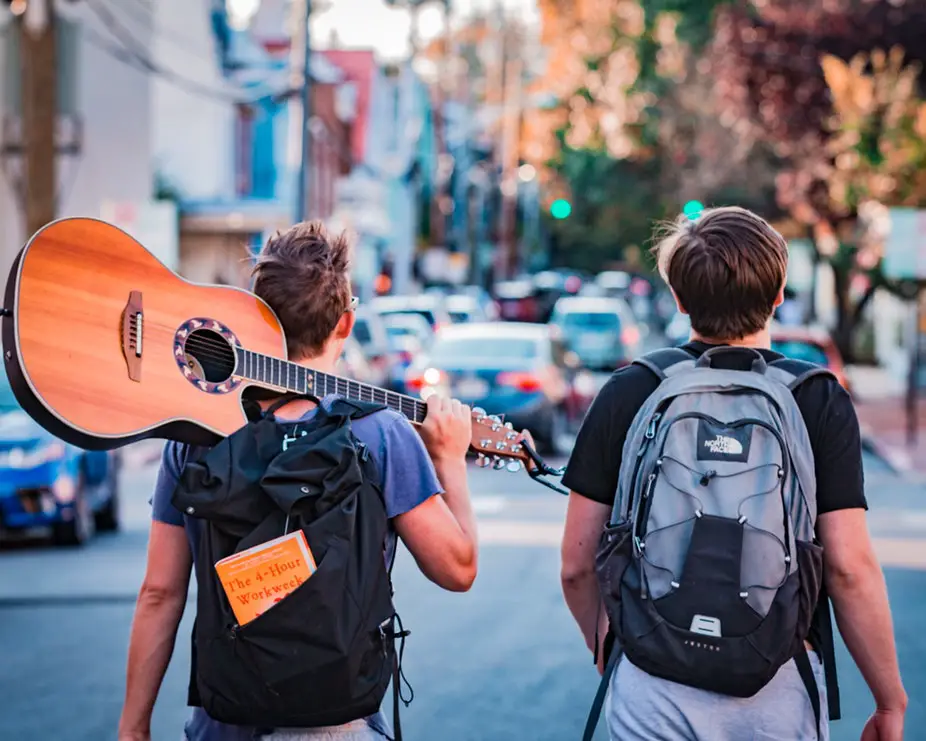
For everyday use, daypacks are ideal to carry all your personal items safely and comfortably. If you are commuting via public transport, safety might be something to consider if you carry valuables inside your bag.
While if you use your car to move around, an anti-theft daypack might not be needed. These are the main things to consider:
- Laptop/Tablet: If you carry a laptop or a tablet to work or to school, a daypack with a padded sleeve is a must-have, as it would mean your laptop is stored safely and it won’t move around when walking. Laptop or tablet size is then the key aspect to assess and it will determine your minimum bag size, as the difference between an 11-inch and a 15-inch laptop is substantial.
- Anti-theft Bags: In recent times, bag designers have come up with clever ways to stop thieves from opening your backpack in public transport. These daypacks are usually not only attractive-looking but very safe, as zippers and zipper pullers are well hidden and usually made of cut-proof fabric. If safety is something that concerns you, it is definitely worth considering getting an anti-theft daypack.
- Gym Backpacks: For many, the main use of their daypack is to go to the gym. If that’s the case, a very light backpack with just enough capacity for your clothing, shoes and toiletries, might be the best option. For other sports, the choices are endless and it all comes down to how much stuff you need to carry.
Once the main purpose of your daypack is known, other aspects to consider are:
- Internal compartments for books, pens, chargers, headphones, etc will become handy to keep all your gear well organized and accessible.
- External pockets to carry water, or to store away items, such as sunglasses, that require easy access without having to open the bag.
It might be worth estimating the weight you’ll be carrying daily and trying it out in whatever backpack you might have now.
If the load is one you’ll be feeling after just few minutes of carrying it around, a backpack with padded back panel and shoulder straps, and internal compartments for distributing the weight and avoiding internal movement will be definitely worth considering.
Hiking & Trekking Backpacks
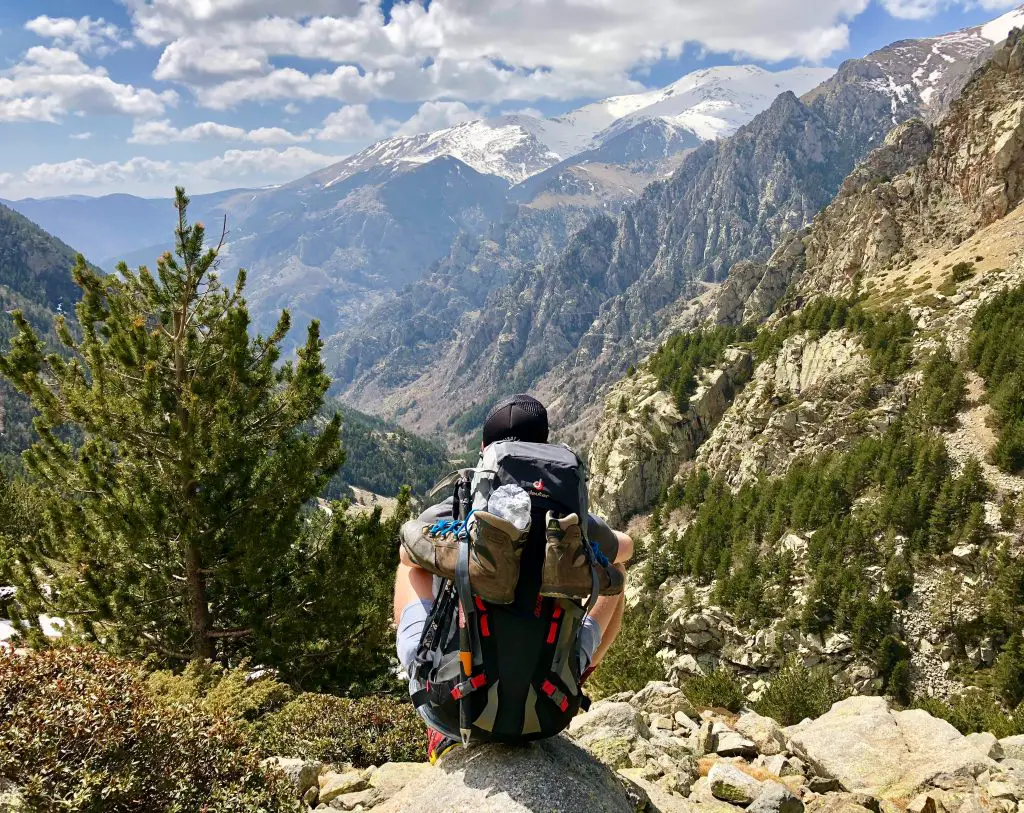
When going hiking or trekking a daypack is not appropriate because you will be carrying cloths, food, drinks, and other accessories that will not fit inside a normal daypack. The greater the load, the more important the backpack frame and attachment options are.
Your own size also matters. At the end of the day, carrying a backpack is like attaching an item to your own body frame. The better the fit, the more comfortable it will be. In all cases, remember that trying a backpack out is advisable before purchasing it.
The main aspect to take into account is the normal length of your hiking/trekking:
- If most of your hiking is done on a single day you won’t need a large backpack. On the contrary, for a day out, a hiking bag with just enough capacity for some food, water, and a change of cloths is the best option so as to enjoy the hike without straining your back and legs unnecessary. A hiking backpack less than 30L in size would be ideal. If it comes with a hydration sleeve, the better, particularly if your hike is during hot summer days.
- A hydration backpack, with 3-10 liters of capacity, will allow hands-free drinking while moving. These backpacks can’t carry much more than the water bladder. Although they are mostly aimed for bikers, hikers who desire to go as light as possible can also use them.
- Large hiking backpacks, from 40L in capacity and up, are aimed at longer hikes that involve spending at least a night out. The main decision, apart from its load capacity, is between a framed and a frameless backpack. Framed bags are made of aluminum or carbon fiber. They are bit heavier but their advantage is that they make organizing your items inside the bag easier than frameless backpacks, and they help distributing the weight your body will be supporting. Most framed backpacks come with a padded hip belt that facilitates weight distribution between your shoulders, lower back and hips. If you are going to carry some weight for several hours, a framed hiking backpack is the best choice. The framed built usually comes with a ventilated back panel to keep your back cool and dry.
Other things to consider when purchasing a large backpack are:
- Top or front loading. Top loading is the traditional way most of trekking backpacks work but it can be a bit impractical as it might force you to get all your stuff out in order to find something inside.
- Number of side or top pockets. Most have several options as well as mesh pockets for water, flip-flops and other uses.
- External cords to attach sleeping bags and tents.
- A pouch to hold a water bladder.
- A rain cover can become handy and many of these bags do come with one. If not, it might be worth considering getting one unless your choice is made of water resistant material.
Travel Backpacks
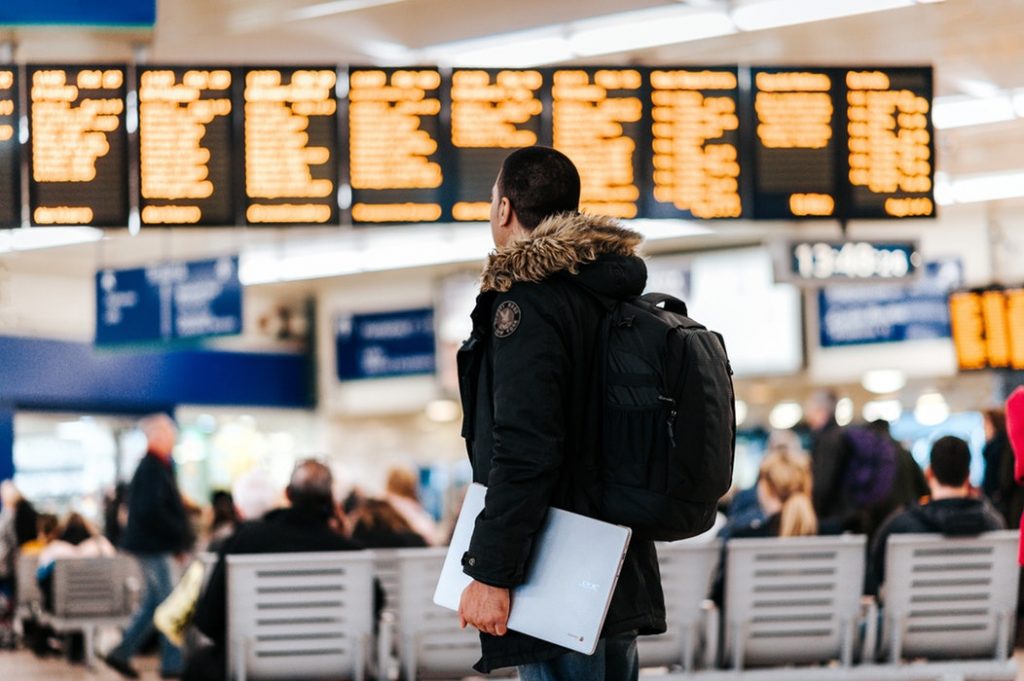
Suitcases are great for trips where most of the traveling is done via comfortable transport with good storage space and when the plan is not to move much between destinations. In other words, if you travel is by taxi and airplane to a hotel, and nothing else, suitcases are best.
But if your idea is to hit the road in developing countries, to move around a lot, in many instances by walking, or to do some outdoor activities, suitcases are totally inconvenient. Yes, wheels are great to go through airports but not on dusty and poorly paved streets.
For this kind of journey, a good travel backpack would make transportation much easier.
Travel backpacks are by far the most versatile bags around when it comes to getting on rickshaws or buses, walking around looking for accommodation, or going hiking.
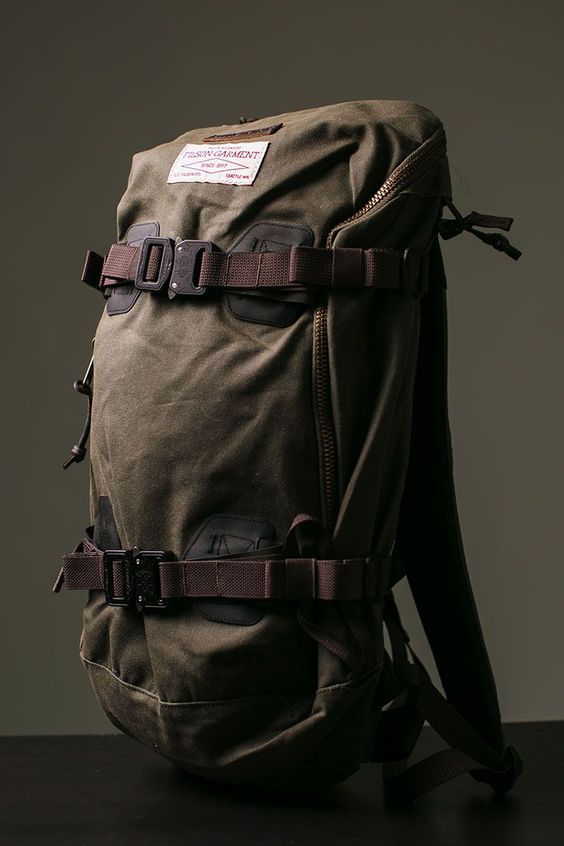
Once again, size is the main concern when choosing one. First, assess what kind of traveler you are. Do you normally carry just the basics, sacrificing stuff for comfort?
Or on the contrary, do you like taking with you plenty of cloths, shoes, toiletries, books etc even when you go for just a few days? The answer to this question will determine the size of your backpack.
If you are a light traveler, you’ll be taking with you only must-have items, and leaving just-in-case items behind (you’ll be able to get them later on the road, if needed). A 45-60L backpack would be enough for most trips.
The main mistake people make when getting a travel backpack is going for a very large one, filling it up with plenty of stuff, and then having to suffer daily its size and weight when moving around, particularly in hot and humid weather.
Don’t do this; you’ll regret it daily. Pack tight, get easy-to-carry cloths and shoes, and you’ll be able to move around with ease. And cheaply too. Since in many countries the most economic way of traveling around a city is on a motorbike or a rickshaw, a medium-sized travel backpack is the best companion.
There are some travelers who take this approach to the extreme and travel with a carry-on backpack around the world.
Yes, it sounds crazy but for some being able to get on a plane without checking in their bags is their way of traveling, and they do so happily, carrying inside their carry-ons the bare minimum.
It is an option worth considering if sense of freedom, lightness and comfort is what you are looking for while on the road.
If this is you, a carry-on backpack for traveling must be able to fit everything you carry, including your gadgets. This way of traveling requires a bit of serious thinking and preparation but it can be done.
All the belongings you’ll be taking must adhere to this philosophy.
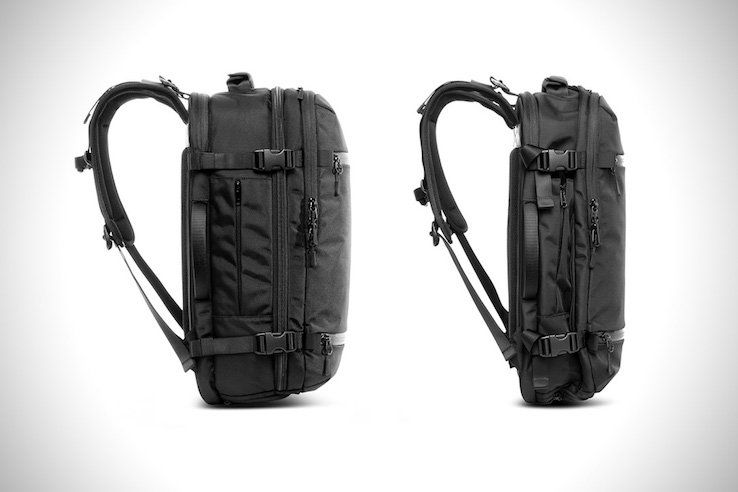
Light and easy-to-dry cloths, not many shoes, small-sized electronics, not many books… The whole idea is to feel as free and light as possible. Make sure your carry-on backpack is the right size to go on the airlines you’ll be traveling with.
Obviously, not everyone shares this extreme travel philosophy. For those who having all their needs covered inside their travel bags is a must, a larger backpack is the only viable alternative. A front-loading backpack above 60L is then the best option.
In this case, the issue of going for a framed or a frameless bag is very relevant as the larger the backpack, the easier would be to load it with plenty of stuff. If walking around will be done during the journey, a framed backpack is by far the best choice to ensure comfort.
Some of these large travel backpacks come with a detachable daypack; a great option to be able to carry your everyday items at your destination.
Finally, there is a hybrid option: the rolling travel backpack. These wheeled backpacks offer both carrying alternatives and can be perfect for short urban trips to destinations where using a backpack will still be necessary.

The main point with these bags is to understand that they are not meant to be carry as a backpack for long periods of time. On the contrary, they will only be used as a backpack on those few occasions where it would not be possible to pull it on wheels due to security reasons or poor pavement.
In an ideal world, each of us would have at least one of each type. A daypack tailored to our everyday activities, a hiking backpack for our weekend trips, and a travel backpack that fits with our traveling style.
There is great satisfaction in feeling well prepared before engaging in our favorite activities.
A good backpack will contribute enormously to this positive feeling. Being well prepared to do what we love will help us, not only to enjoy our passions fully, but also to encourage us to practice them as often as possible.
And this is something definitely worth investing in. Get the best backpack you can afford to satisfy your needs and you will never regret it.
Leave a Reply